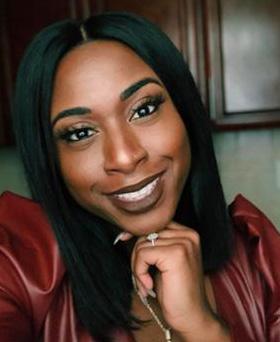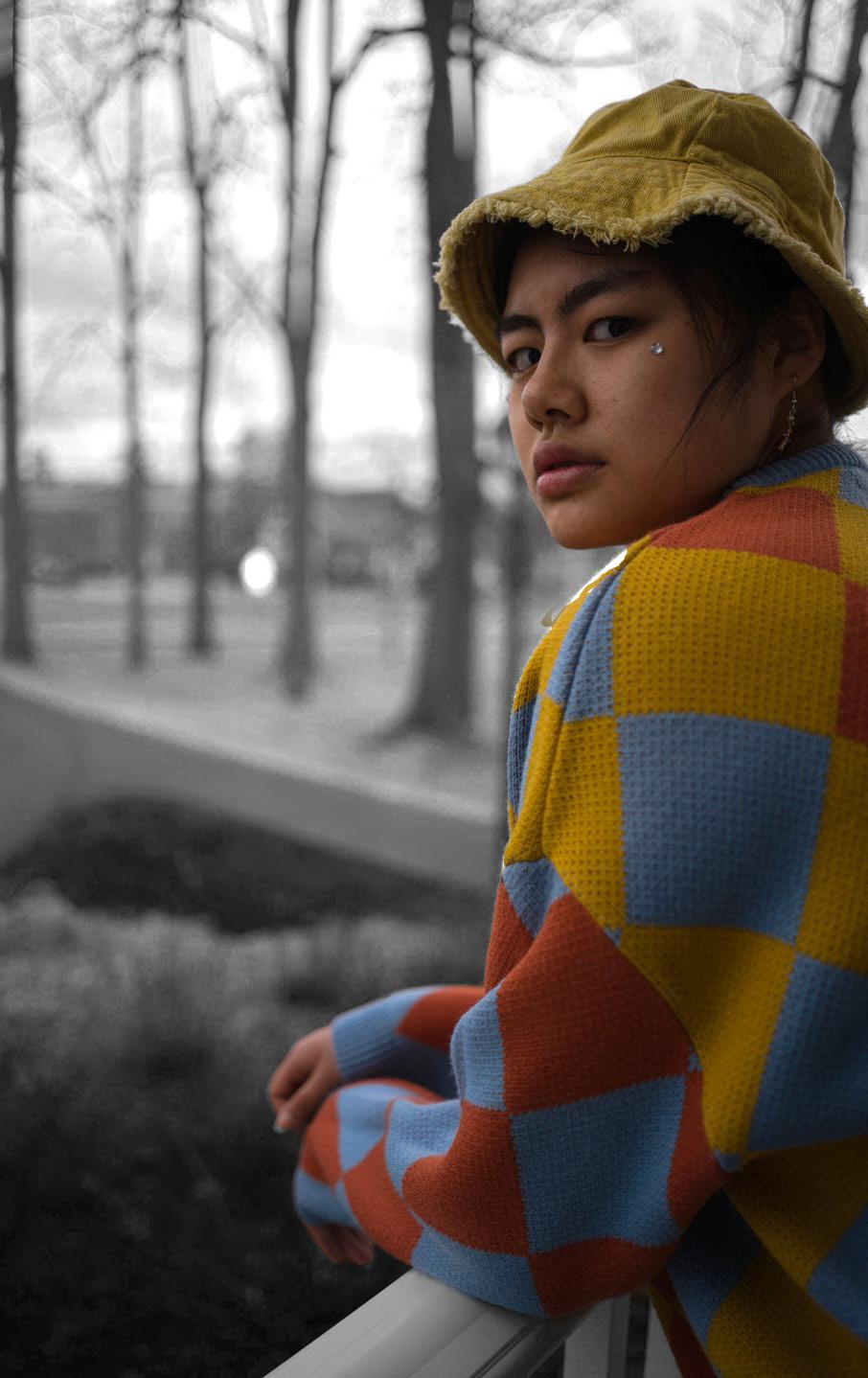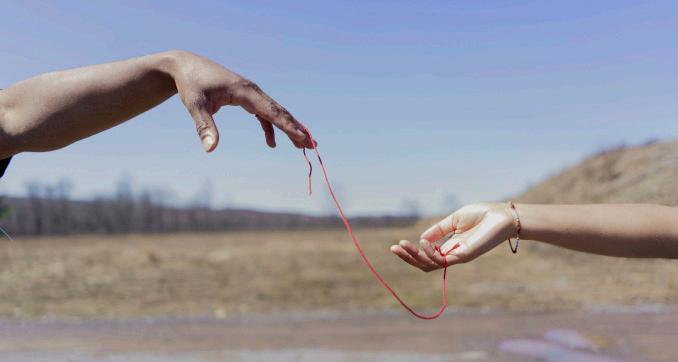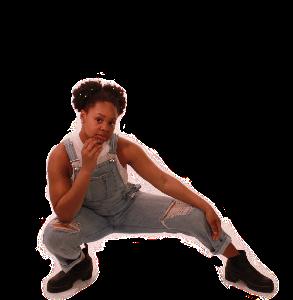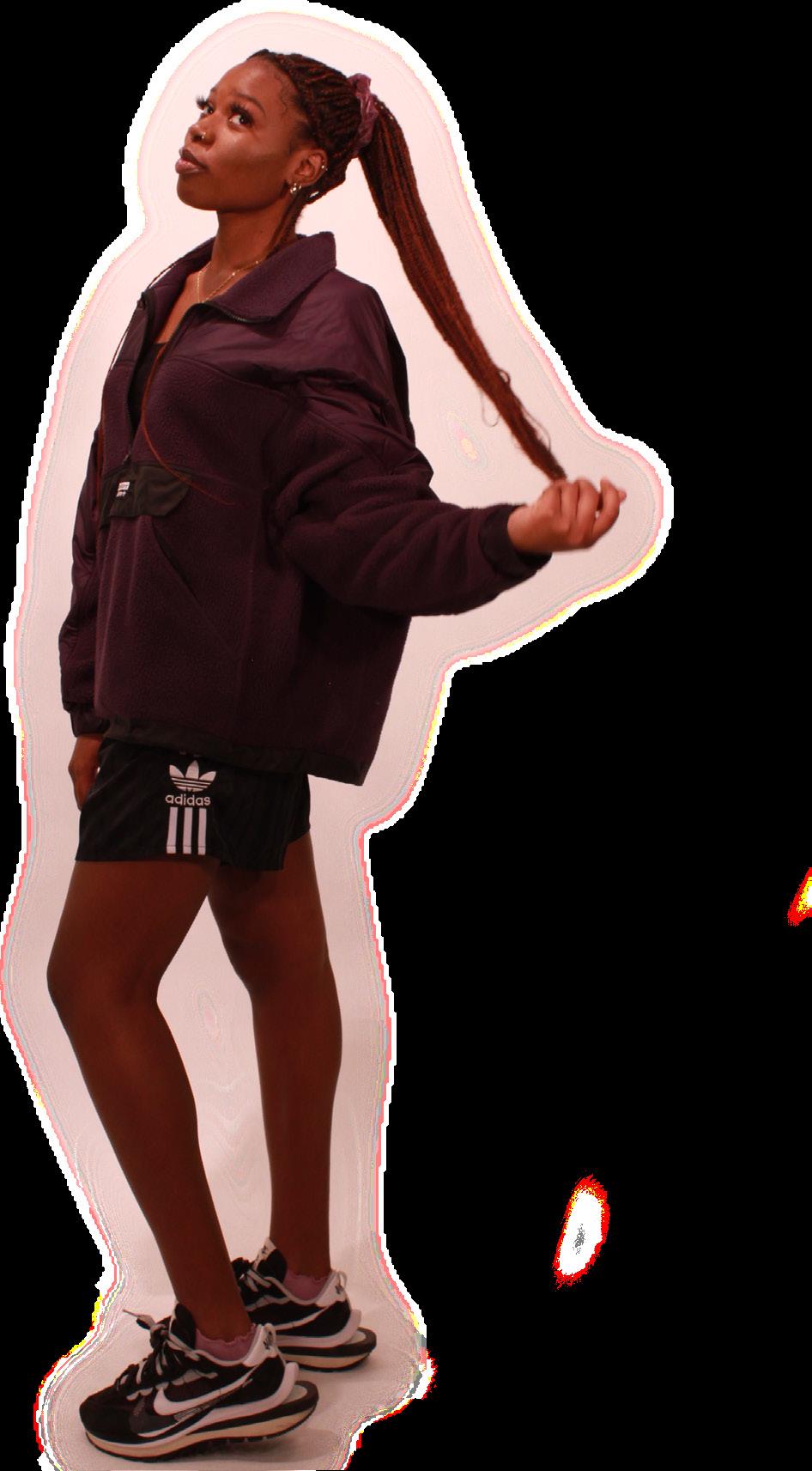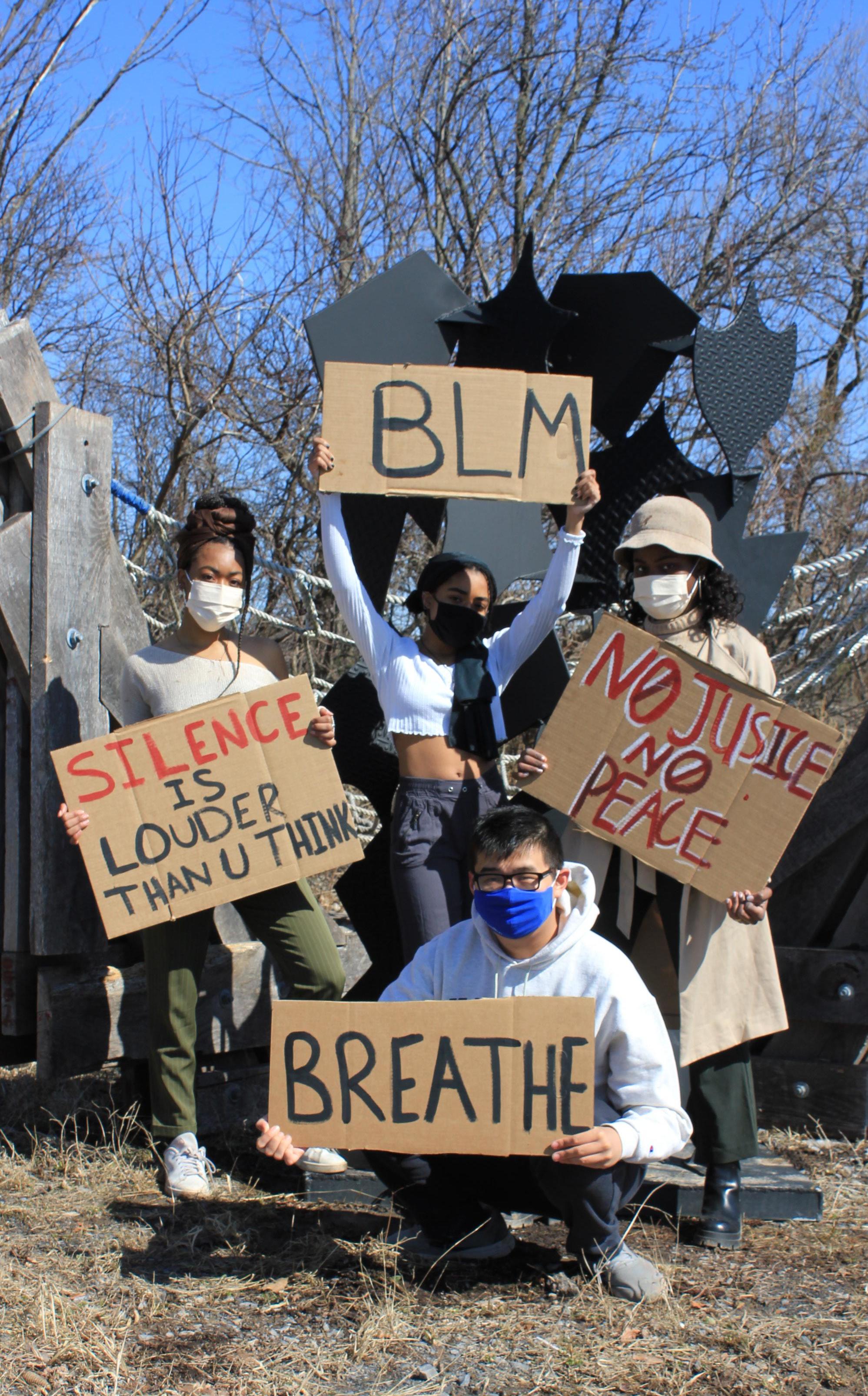
4 minute read
AAPI: Perpetual Outsiders
The Asian American and Pacific Islander experience has always revolved around exclusion. On individual and collective levels, community members and activists from diverse backgrounds are hidden by the mainstream, condensed into a monolithic shell, and told to “go back to your own country!” Experiences reduced, voices silenced. Anti-Asian sentiment had been on the rise since the beginning of the pandemic and was encouraged by the racist statements of former President Trump. “Kung flu” is a racist statement, regardless of what the White House would like to believe. Anti-Asian hate is not new: discrimination against the AAPI community has always existed, but it is often falsely branded as hypersensitivity.
Japanese Professor Kyoto Omori offers poignant examples from her own experience that point to commonalities in the discrimination AAPI members experience. Professor Omori recalls hosting a cultural event with a fellow White, male professor. A reporter from Clinton covered the event. In the broadcast, the other professor was referenced with his full title while Professor Omori was reduced to “Kyoko Omori,” stripped of any recognition of her position. She also cites her repeated efforts to be outreach to her neighbors in order to not be perceived as strange or rude despite the other White community members not feeling obligated to do the same. In these instances, Professor Omori faced exclusion and perpetual othering. The persistence of the model minority image grants the AAPI community a circumstantial and consequential acceptance. The pandemic offers a new reason to push back against “yellow peril.” The rise of violence against the AAPI community indicates this temporary acceptance is being pulled away as the mainstream continues to silence our voices.
Advertisement
The Atlanta shooting shot down any remainder of our teetering status.
A white man shoots six Asian women, and the media claims he sought the spas out as places of sexual temptation. When people attack Asian Americans on the street, the news and social media stay somewhat quiet despite the callings of activists to pay attention to the racist motivations behind these attacks. Only when a gun is the weapon of choice does our country show concern. Is this simply the start of America “going back to normal?” Sociology Professor Alex Manning explains the troubling nature of this statement: “ It doesn't offer us much to make sense of what's going on, and it’s dismissive of the pain and trauma.” He reflects on the lack of an impact the pandemic had on American violence. He shares, “it makes me think about how this once-in-a-life-time pause doesn't do much in terms of these broader issues of mass violence [and] white supremacist violence. It’s a wake up call.” None of this is new.
Sociology Professor Jaime Kucinskas reflects on how her recent experiences are no different than what the older generations of her Asian-American family have faced before, from her grandfather being mistaken as Japanese and harassed by police, to her mother being made fun of for being “green.” Professor Kucinskas notes the history of AAPI violence, pointing to the mass lynching of Chinese Americans in L.A during the 1800s. The message remains, nothing has changed. As Professor Manning describes, the fear of the racialized other is a continuum. Now, the pandemic has been racialized and Asian Americans are facing “the brunt of it.” As an Asian American student myself, I will always remember America explaining that “the shooter had a bad day.” I will remember the nameless acknowl
BY SHANIA KUO
edgement of the women killed in these shootings. I will remember the Instagram testimony of a victim’s son who listened to people reduce his mother to a sexual object as a justification for her murder. I will remember the media mirroring my own experiences with racism.
The haunting feeling is shared among all communities of color in the United States. It’s been lonely, painful, and traumatic, but it’s not just us who should be putting in the work. In Professor Omori’s words, “Why should we have to bear the burden other people put on us so they don’t feel threatened by us as ‘outsiders?’” We shouldn’t. We need to continue to hold the majority accountable for their actions, but the majority needs to hold themselves accountable as well. For the Hamilton AAPI Community, Professor Omori, Professor Kucinskas and Professor Manning leave their messages:


